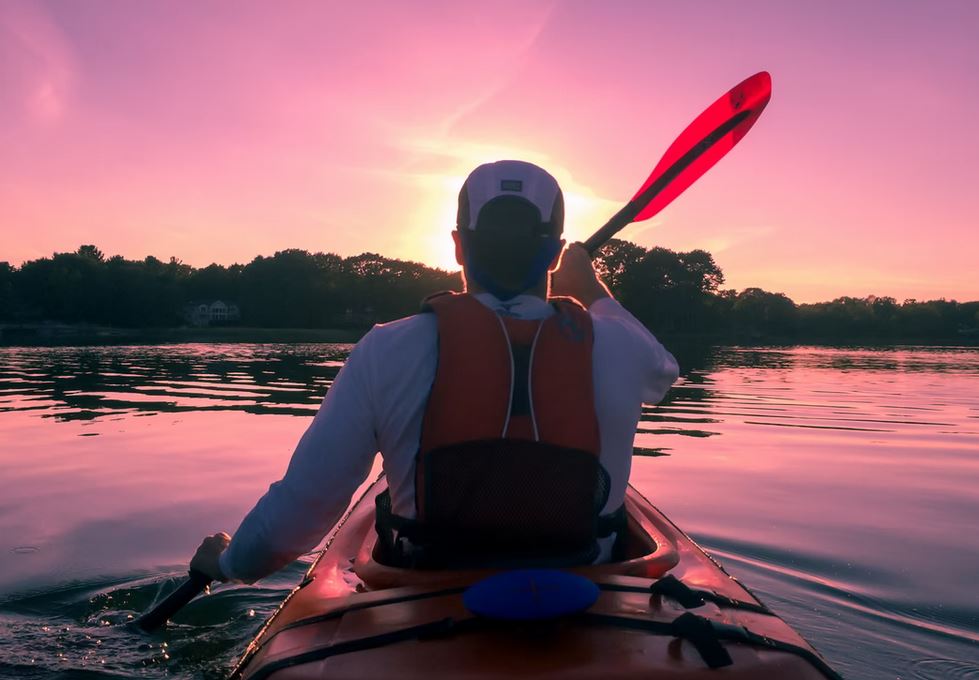Are you looking to venture out on the water and try kayaking for the first time? Picking the right kayak is crucial for a smooth and enjoyable experience. With so many options on the market, it can be overwhelming to choose the perfect one for your needs. In this guide, we’ll walk you through the steps to take when selecting a kayak that is just right for you.
Types of Kayaks

Before you start your search, it’s important to understand the different types of kayaks available. Here are some common types:
- Recreational: These kayaks are best for beginners and are designed for calm waters such as lakes and slow-moving rivers. They are stable, easy to maneuver, and often have a larger cockpit for easy entry and exit.
- Touring: Touring kayaks are longer and narrower than recreational kayaks, making them faster and more efficient for longer journeys. They are ideal for exploring open waters such as oceans and large lakes.
- Sit-On-Top: These kayaks have an open cockpit and are great for warm weather paddling. They are easy to get in and out of and are popular for recreational use and fishing.
Factors to Consider

When choosing a kayak, there are several factors to consider:
- Weight Capacity: Make sure the kayak can support your weight and any additional gear you plan to bring along.
- Length: Longer kayaks track better and are faster, while shorter kayaks are easier to maneuver.
- Width: Wider kayaks are more stable, while narrower kayaks are faster but less stable.
- Material: Kayaks are typically made of plastic, fiberglass, or inflatable materials. Each has its own pros and cons in terms of durability, weight, and cost.
Choosing the Right Size
It’s important to consider your height and weight when picking a kayak. A kayak that is too small will be uncomfortable and unstable, while a kayak that is too large may be difficult to maneuver. Most manufacturers provide size guidelines based on the paddler’s height and weight, so be sure to check these before making a purchase.
Additional Features
When picking a kayak, think about the additional features that are important to you. Some kayaks come with built-in storage compartments, adjustable seats, and foot braces for added comfort. Consider whether you need these features and how they will enhance your kayaking experience.
Conclusion

In conclusion, picking the right kayak is essential for a successful paddling experience. Consider the type of kayak that best suits your needs, the factors to consider when choosing a kayak, and your height and weight when selecting the size. Look for additional features that will make your time on the water more enjoyable. With these tips in mind, you’ll be well on your way to finding the perfect kayak for your next adventure.

I was surprised at how much there was to learn and consider when we were in the market for a kayak